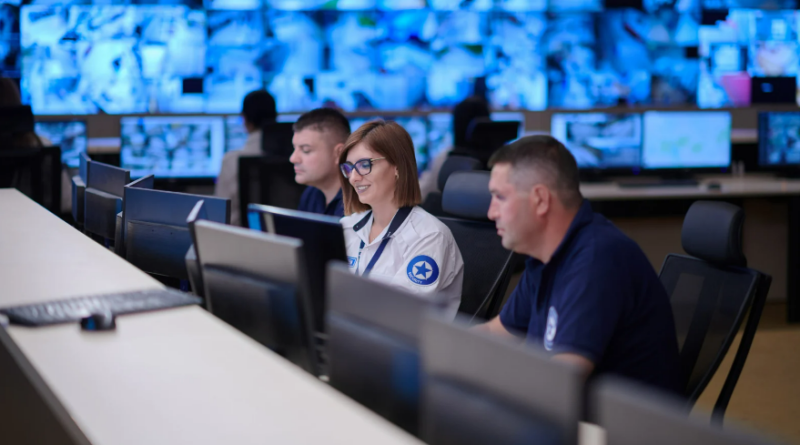In the fast-paced world of technology, ensuring the smooth operation of data centers is crucial. As an expert in the field, I understand the importance of effective data center monitoring. It’s not just about keeping an eye on systems; it’s about proactively identifying and addressing potential issues before they escalate.
With data centers serving as the backbone of modern businesses, having robust monitoring systems in place is non-negotiable. From temperature control to power usage efficiency, every aspect plays a vital role in maintaining optimal performance. In this article, I’ll delve into the ins and outs of data center monitoring, shedding light on best practices and innovative solutions to keep your operations running seamlessly.
Data Centre Monitoring

In the rapidly evolving landscape of technology, data center monitoring has undergone significant transformations to meet the increasing demands of modern businesses. I’ll delve into the evolution of data center monitoring to showcase how it has adapted to address the growing complexities of managing data centers effectively.
- Shift from Manual to Automated Monitoring
Data center monitoring has shifted from manual to automated processes, allowing for real-time insights and proactive measures. I’ll explore how automation has revolutionized monitoring practices, enhancing efficiency and accuracy in detecting and resolving issues swiftly.
- Integration of AI and Machine Learning
With the integration of artificial intelligence (AI) and machine learning algorithms, data center monitoring has become more predictive and preventive. I’ll discuss how AI technologies analyze vast amounts of data to anticipate potential issues and optimize data center performance proactively.
- Focus on Predictive Analytics
The emphasis on predictive analytics has enabled data center managers to forecast trends and potential failures before they occur. I’ll elaborate on how predictive analytics enhance decision-making processes, minimize downtime, and improve overall data center productivity.
By exploring the evolution of data center monitoring, I aim to provide valuable insights into the transformative trends that have shaped the industry. Stay tuned as I delve deeper into innovative solutions and best practices to optimize data center monitoring for seamless operations in the digital age.
Importance of Data Centre Monitoring

In my experience, data center monitoring plays a vital role in ensuring seamless operations in the tech industry. By continuously monitoring various metrics and parameters within data centers, companies can proactively identify issues, optimize systems, and maintain high performance.
Monitoring temperature levels, for example, is crucial as it helps prevent overheating, which can lead to equipment failures and downtime. By keeping a close eye on temperature fluctuations, I can intervene promptly to prevent any potential damage to the infrastructure.
Key Components of Data Centre Monitoring
In data center monitoring, several key components play crucial roles in ensuring optimal performance and preempting potential issues. Monitoring systems are essential for maintaining the health and efficiency of data centers. Here are the key components:
- Temperature Sensors: Monitoring temperature levels within the data center is vital as overheating can lead to equipment failures and downtime. By utilizing temperature sensors strategically placed throughout the facility, I can ensure that cooling systems are functioning efficiently and take preventive actions if temperatures rise above optimal levels.
- Power Usage Monitoring: Tracking power consumption is another critical component of data center monitoring. By analyzing power usage patterns, I can identify areas of inefficiency, optimize power distribution, and implement energy-saving measures. This proactive approach not only reduces operational costs but also contributes to environmental sustainability.
- Network Performance Monitoring: Monitoring network activity and performance is essential for identifying potential bottlenecks, ensuring optimal connectivity, and maintaining high-speed data transfers. With real-time monitoring tools, I can detect anomalies, analyze network traffic, and optimize performance to deliver seamless connectivity to users.
Incorporating these key components into data center monitoring practices is essential for maintaining operational efficiency, mitigating risks, and ensuring seamless performance. By adopting a comprehensive monitoring strategy that encompasses temperature control, power optimization, network performance, security measures, and predictive analytics, I can enhance the reliability and effectiveness of data center operations in the digital era.